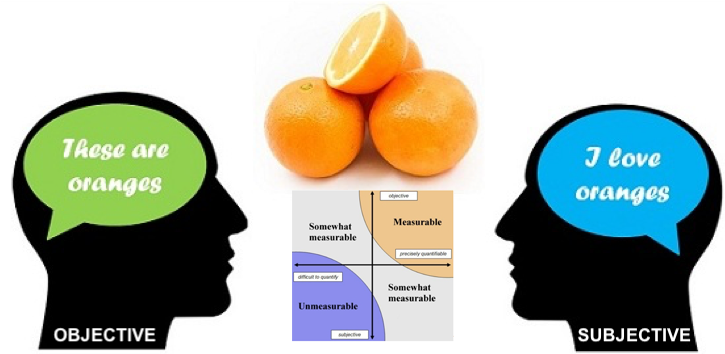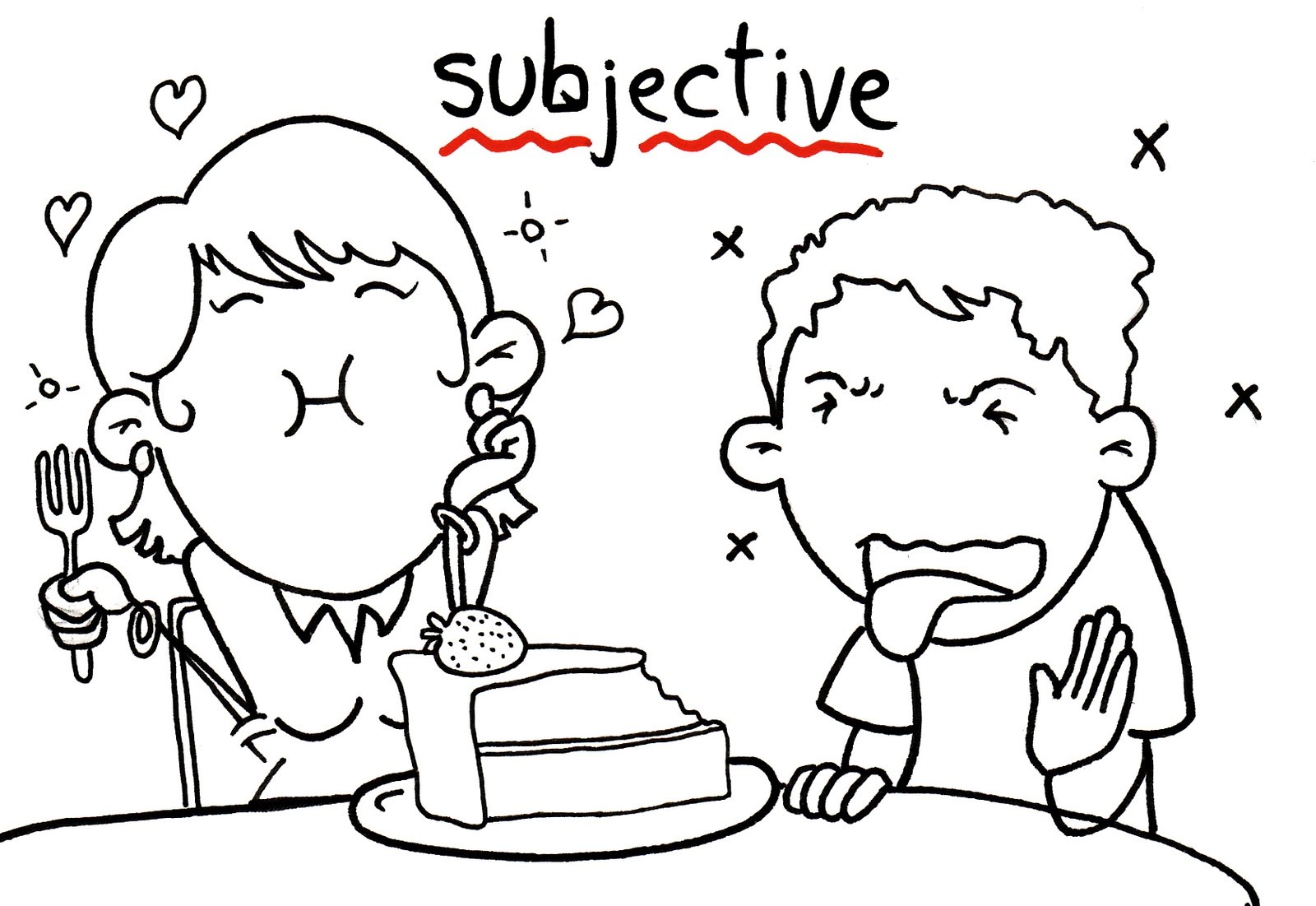Coffee Analysis
There are two ways we can analyse coffee. Obviously tasting it is one way, we can analyse the characteristics of the coffee by drinking it and focusing on the sensations in your mouth. We will call this subjective analysis since the experience is different for each subject (person). The second way can analyse it is by using a device called a refractometer to measure how much coffee flavour (solids) is in the cup. Then using a very simple calculation we can measure how much of the bean was dissolved (extracted). We will call this second way objective analysis because it is impersonal.
SUBJECTIVE ANALYSIS
Let’s look a little deeper into the sensory experience. We can analyse the dry and wet aroma of the ground coffee and beverage by smelling it. We can analyse the texture or mouthfeel of the coffee when it touches our tongue. We can taste the coffe e and determine how bitter, sweet, sour or even salty it is. We can also look at the coffee and determine certain things about it (but it often tastes different than it looks so don’t judge a coffee by its cover!). And we can analyse the flavour of the coffee when the taste and aroma are combined in our olfactory bulbs at the back of our mouth (it’s impossible to determine flavour without aroma).
To paraphrase, we can;
- SEE the colour and or thickness (use with caution!)
- SMELL the dry ground coffee and wet brewed coffee
- FEEL the texture or mouthfeel on our tongue
- TASTE the bitterness, sweetness, acidity and saltiness
- Determine the flavour when we drink it
Good coffee is 100% subjective, but no one will like a coffee that’s as sour as a lemon or as salty as an anchovy so there is a range that we need to serve it. Inside that range will be everyone’s perfect coffee, some will like it further towards the left whereas others are more right winged coffee drinkers.
We can simplify this range with 1 major goal;
- A well-balanced overall sensory experience.
And we can break down the major goal into;
- Good TEXTURE
- Taste BALANCE
- Interesting FLAVOUR
- If the TEXTURE is too thin and watery it will be dull and hard to determine any interesting flavours
- If the TASTE is overtly sour it will probably leave a very unpleasant texture in your mouth
- If the FLAVOUR is predominantly vegetal it will mute all of the sweetness
- If it’s too bitter it will finish with a very dry sensation (TEXTURE)
- And if the coffee has a very smoky or ash-like flavour it be hard to overcome that and notice any of the other delicate characteristics.
To summarize, if either the texture, the taste, and or the flavours (aromas in your mouth) are too intense or subtle it will not be a well-balanced overall sensory experience. The key here is “too”. Different people enjoy different levels of intensity, but each person has a maximum they can tolerate and when we go beyond that they won’t enjoy the coffee.
So, the ultimate question is “how do we make an overall well-balanced coffee?”
In the real business of coffee, it is impossible to succeed without knowing the answer to this question. Rest assured, we will provide you with mind blowing detail of the answer over the coming blogs – stay tuned!
ACTIVITY
Buy some jelly beans (any kind is fine but it’s better if they have flavour descriptions on the box). Block your nose so you can’t smell and without looking at the colour of a jelly bean put it in your mouth and chew it. Keep your nose blocked and try to determine the flavour. After you realize how futile it is, unblock your nose. You will be immediately hit with a flavour burst. This activity shows you how without the sense of smell it is impossible to determine flavour, thus flavour is the result of combining the sense of smell and taste.




